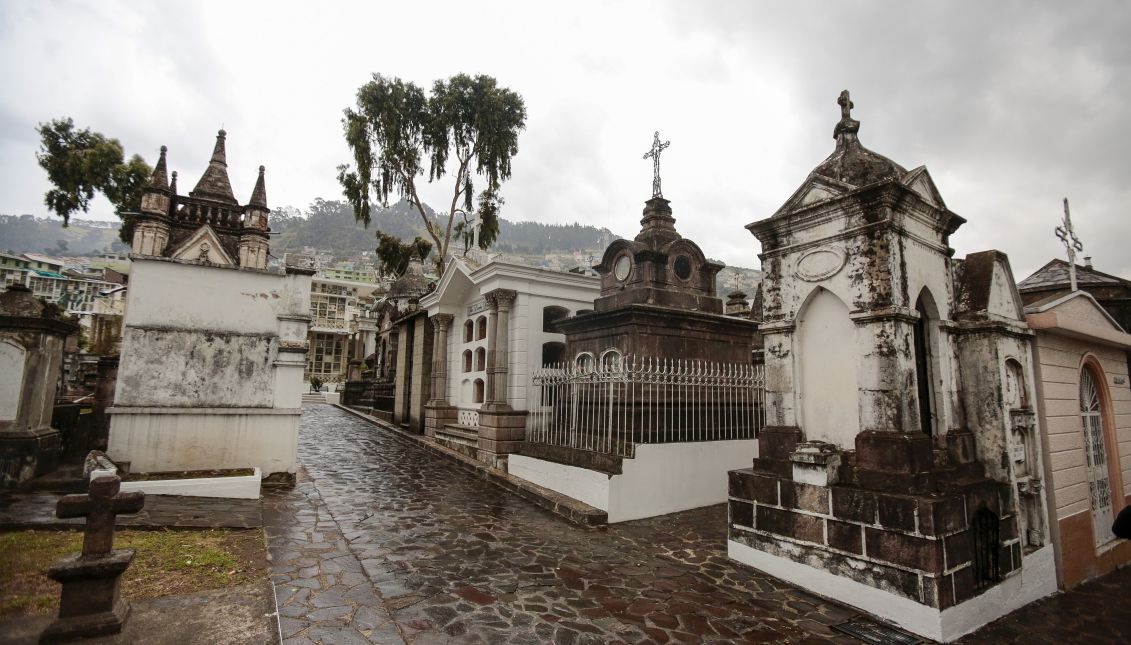
Day of Dead in Ecuador inspired by ancient death rituals
According to the Andean cosmology, death constitutes contact with the beyond and makes possible the ongoing flow of energy between three worlds: the dark world…
Some of the rites observed on the Day of the Dead in Ecuador stem from pre-Hispanic traditions in which death, even if it doesn't exist as a concept, is understood as a transformation or as a bridge to the beyond.
On Thursday, the Day of the Dead will be celebrated here with a series of ceremonies mixing the Catholic/Christian faith with the indigenous culture where many peasants go to local cemeteries with lots of food to share with the dead ancestors, whom they intend to remember and thank for their contributions to their current lives.
According to the Andean cosmology, death constitutes contact with the beyond and makes possible the ongoing flow of energy between three worlds: the dark world of the dead, that of the living and the world above.
"Pre-Hispanic societies felt that there was a vital energy that flowed between these three worlds and the dead are the (ones who put us in) contact with it," Fernando Arteaga, the coordinator of archaeological sites for Ecuador's Metropolitan Heritage Institute, told EFE.
In Ecuador, people prepare "colada morada" for the Day of the Dead, a sweet beverage made with fruits, spices and flour with an Andean origin dating back more than 5,000 years.
Also prepared for the special day are "guaguas de pan," bread loaves molded in the shape of human figures decorated with bright colors that are a colonial transition from the custom of disinterring the remains of loved ones to celebrate with them.
The "guaguas," a Quechua word meaning "children," represent the shrouded dead.
RELATED CONTENT
Although mere symbols of ancestral traditions, they reflect the relationship between the living and the dead in the mythical worldview of indigenous peoples, whose death ceremonies continue to be the subject of research.
"Latin America is a continent very rich and diverse regarding its funerary practices. In the Amazon basin, death ... is considered a transformation," said Kathy Alvarez, a sociologist at Ecuador's Universidad Central.
Among the rituals of the region's native communities, Alvarez noted assorted practices for handling dead bodies - including leaving them in the jungle, cremating them, burying them or even eating them.
These practices are considered by these societies to be "transformative, just like sweating, ejaculating, defecating, ... which mean a radical change in the human body," she said.
Jaime Pilatuña, a resident of the village of Quito Cara, which has Inca origins, said that "For the original peoples, death doesn't exist. When we die, we're born in another living form. In our lands, we give the dead things to eat. Our rituals are marked by the cosmological vision of transcendence."
The Quechua culture, one of the country's most important minorities, has adopted Nov. 2 as the day on which to remember deceased loved ones and Pilatuña says that "It's a way of encountering them, celebrating with them and telling that we're here, we thank them for helping us in raising the family," adding that he knows that the "aya" (spirit) of his dead son has visited him.










LEAVE A COMMENT: